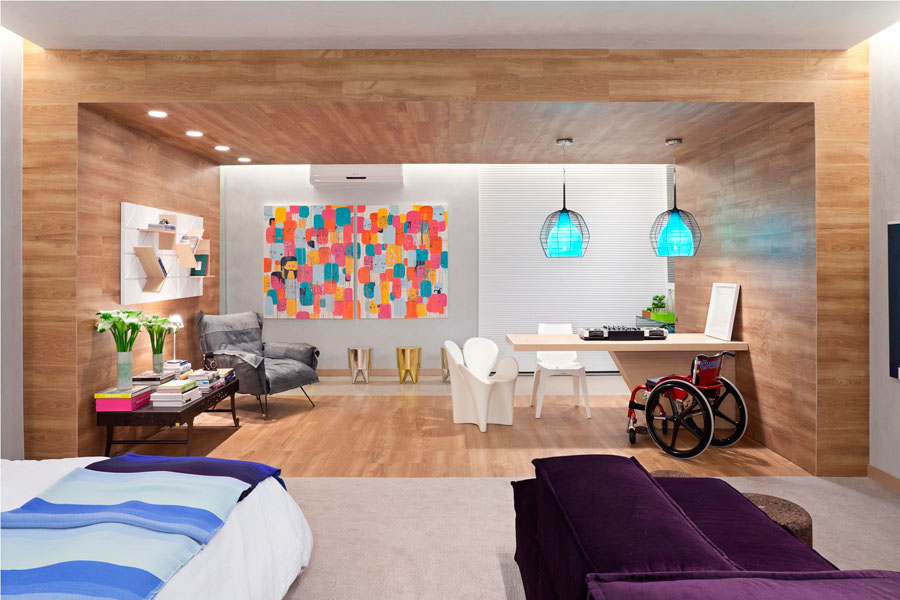
Universal design is a concept that aims to create spaces and products that are accessible and usable by people of all ages, sizes, and abilities. It is about designing with the diversity of human needs and preferences in mind, rather than creating separate solutions for different groups of people. From the initial blueprint to the final product, the principles of universal design can transform spaces into inclusive and welcoming environments.
One of the key elements of universal design is flexibility. Spaces that are designed with flexibility in mind can easily adapt to the changing needs of their users. This can mean incorporating features such as adjustable height countertops, lever door handles, and wide doorways to accommodate wheelchairs. By considering the needs of a wide range of users from the beginning, designers can create spaces that are both functional and aesthetically pleasing for everyone.
Another important aspect of universal design is safety. By incorporating features such as non-slip flooring, grab bars in bathrooms, and well-lit pathways, designers can create spaces that minimize the risk of accidents and injuries. This is especially important for older adults and people with disabilities, who may have specific safety needs that need to be addressed in the design process.
Universal design also emphasizes the importance of inclusivity. By creating spaces that are accessible to everyone, regardless of their abilities, designers can help to break down barriers and promote equality. This can have a positive impact on people's quality of life, allowing them to participate fully in their communities and engage in activities that are important to them.
From residential homes to public buildings, the principles of universal design can be applied to a wide range of spaces. For example, in residential homes, universal design features such as step-free entryways, wide hallways, and curbless showers can make it easier for people to age in place and remain in their homes independently for longer. In public buildings, features such as automatic doors, accessible parking spaces, and hearing loops can make it easier for people with disabilities to access services and participate in community events.
One of the key benefits of universal design is that it can help to future-proof spaces. By creating environments that are flexible, safe, and inclusive, designers can ensure that their creations will be relevant and usable for years to come. This can save time and money in the long run, as spaces will not need to be retrofitted or redesigned to accommodate changing needs and preferences.
Overall, universal design has the power to transform spaces into truly inclusive and welcoming environments. By incorporating the principles of flexibility, safety, and inclusivity into the design process, designers can create spaces that are accessible to all and promote equality and independence. From the initial blueprint to the final product, universal design can help to bridge the gap between the physical environment and the diverse needs of its users, creating spaces that are truly transformative.
